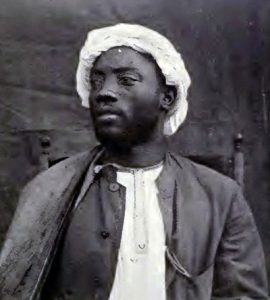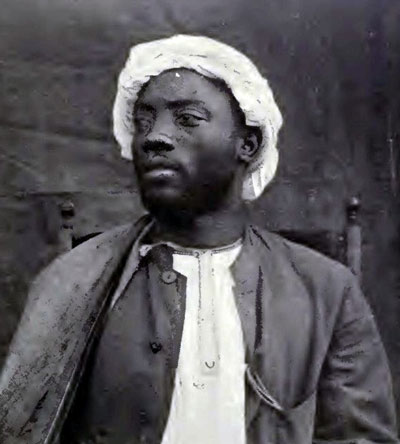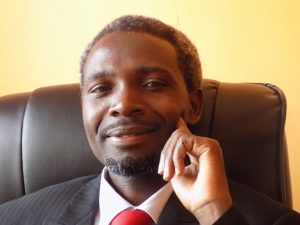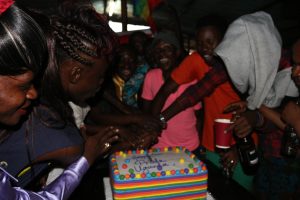
At least 21 cultural varieties of same-sex relationships have long been part of traditional African life, as demonstrated in anew report that is designed to dispel the confusion and lies surrounding Uganda’sAnti-Homosexuality Bill.
The following discussion and the 21 examples are from that report, “Expanded Criminalisation of Homosexuality in Uganda: A Flawed Narrative / Empirical evidence and strategic alternatives from an African perspective,” which was prepared bySexual Minorities Uganda:
In their work anthropologists Stephen Murray and Will Roscoe provide wide‐ranging evidence in support of the fact that throughout Africa”s history, homosexuality has been a ‘‘consistent and logical feature of African societies and belief systems.”
Thabo Msibi of the University of Kwazulu‐Natal documents many examples in Africa of same-sex desire being accommodated within pre-colonial rule.”
Deborah P. Amory speaks of ‘‘a long history of diverse African peoples engaging in same-sex relations.”
Drawing on anthropological studies of the pre-colonial and colonial eras, it is possible to document a vast array of same-sex practises and diverse understandings of gender across the entire continent.
Examples include:
- One notably ‘‘explicit” Bushmen painting, which depicts African men engaging in same-sex sexual activity.
- In the late 1640s, a Dutch military attaché documented Nzinga, a warrior woman in the Ndongo kingdom of the Mbundu, who ruled as ‘‘king” rather than ‘‘queen”, dressed as a man and surrounded herself with a harem of young men who dressed as women and who were her ‘‘wives”.
- Eighteenth century anthropologist, Father J-B. Labat, documented the Ganga-Ya-Chibanda, presiding priest of the Giagues, a group within the Congo kingdom, who routinely cross-dressed and was referred to as ‘‘grandmother”.
- In traditional, monarchical Zande culture, anthropological records described homosexuality as ‘‘indigenous”. The Azande of the Northern Congo ‘‘routinely married” younger men who functioned as temporary wives – a practise that was institutionalised to such an extent that warriors would pay ‘‘brideprice” to the young man”s parents.
- Amongst Bantu-speaking Pouhain farmers (Bene, Bulu, Fang, Jaunde, Mokuk, Mwele, Ntum and Pangwe) in present-day Gabon and Cameroon, homosexual intercourse was known as bian nkû”ma– a medicine for wealth which was transmitted through sexual activity between men.
More: 21 varieties of traditional African homosexuality | 76 CRIMES




